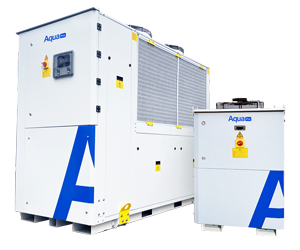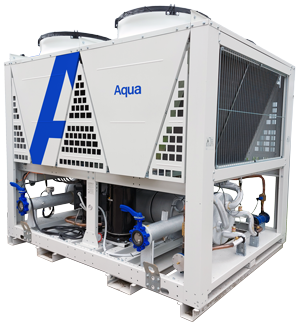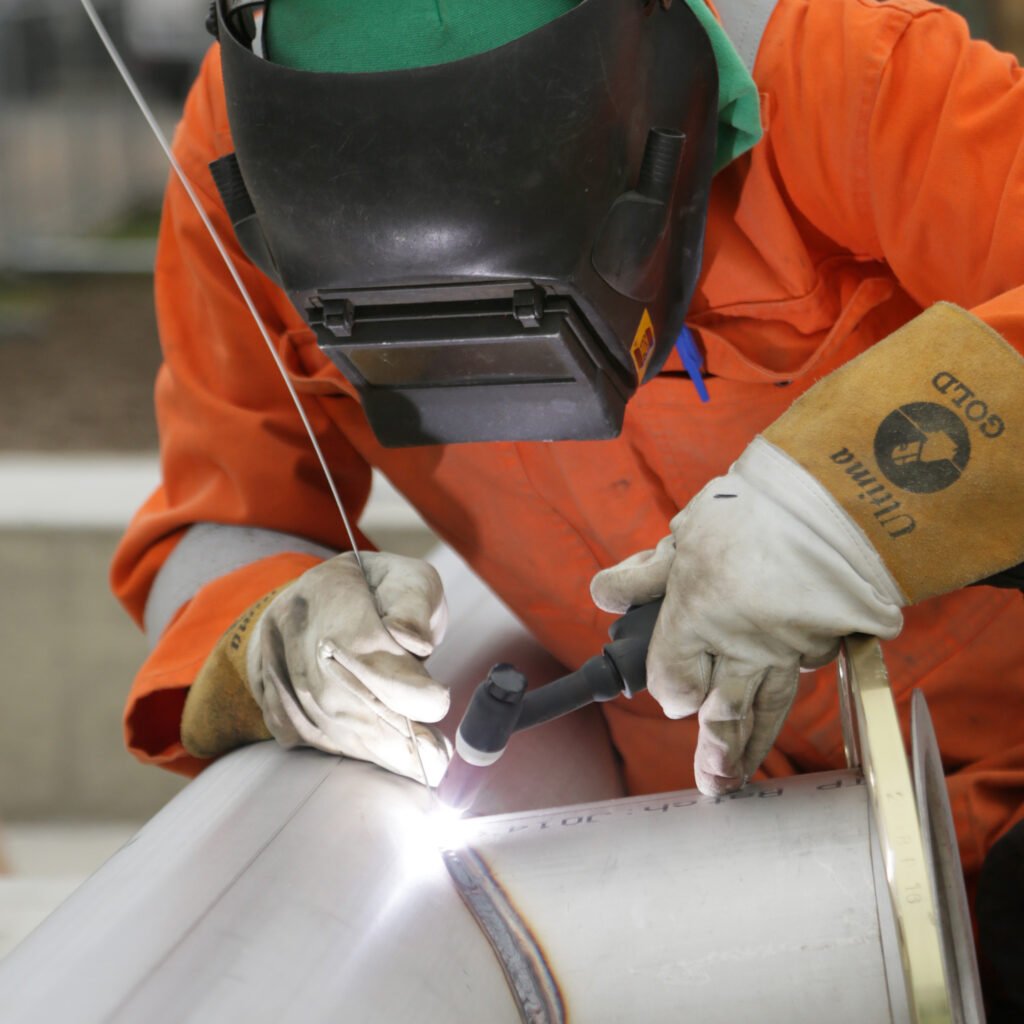Water treatment & regular maintenance are key to keeping a cooling tower operating safely and efficiently. The correct treatment plan will protect against scale build up, corrosion, fouling and microbiological contamination, including Legionella. Please note, good care of a cooling tower is a legislative requirement. Our Service team can give you full support here – call 0333 004 4433 for free, no-obligation advice.
For more information on Aqua’s cooling towers or for help with product selection and technical support, call our Sales team on 0333 004 4433, chat with us on LiveChat or email sales@aquacooling.co.uk












